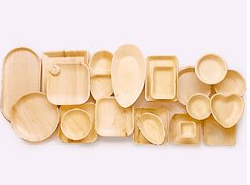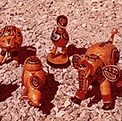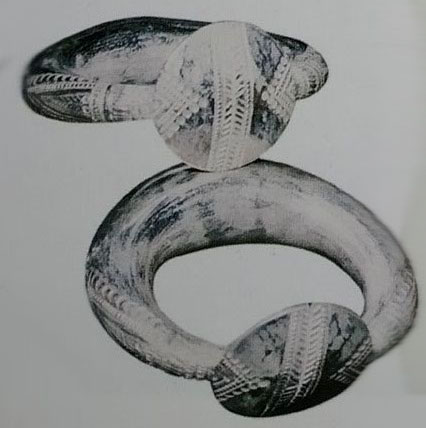The betel palm is a species of palm which is widely grown across the Pacific, Asia and several parts of east Africa. What is known as betel/areca nut is actually the seed of the beet palm. The tradition of chewing betel or paan has been part of Indian culture since ancient times. The peculiar way in which the ‘paan’ is relished is by first grating or slivering the nut and then mixing it with other flavourful spices depending on the local tradition. This mixture is then wrapped in a betel leaf and chewed to release the flavour. The leaf used for encasing the nut mixture comes from the betel pepper plant which is botanically different from the betel palm.
The craft of making articles from areca palm leaf is practiced widely in the state of Karnataka. The tree is grown in the Western Ghats region of the state. Items such as caps, plates, cups etc. are crafted from the leaf. Commonly known as betel nut, the dry sheath of areca nut is harvested and is moulded into various objects using a press. Besides being economically viable, it is also ecologically feasible as the cups and plates made out of betel palm leaves are used to serve food thus acting as an alternative to paper and plastic and are naturally degradable.
Gallery
YOUR VIEWS
PRACTITIONERS: INDIA
Access 70,000+ practitioners in 2500+ crafts across India.
BIBLIOGRAPHY
10,000+ listings on arts, crafts, design, heritage, culture etc.
GLOSSARY
Rich and often unfamiliar vocabulary of crafts and textiles.
SHOP at India InCH
Needs to be written.






